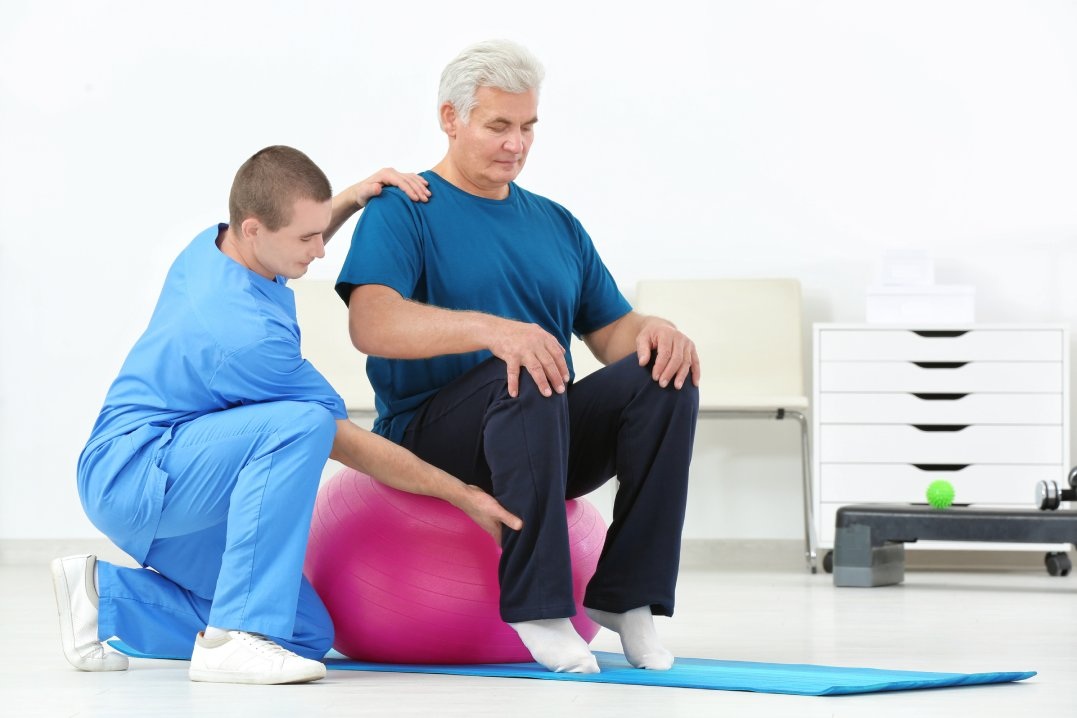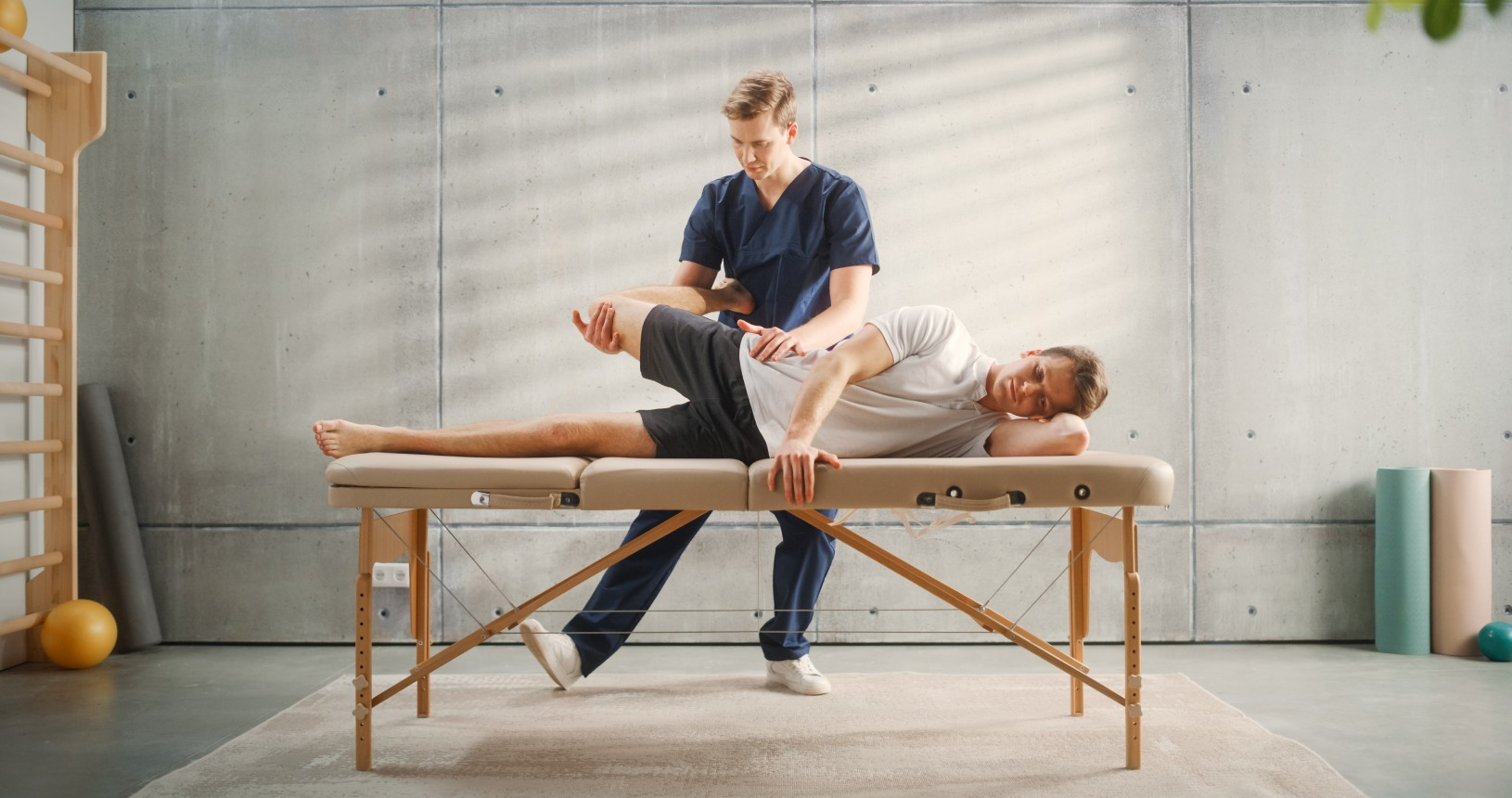The most overlooked group of people when it comes to pelvic floor dysfunction is men. Even though they also have a pelvic floor, and therefore can experience dysfunction and pain in this area, they often ignore their symptoms, or the solution, because they believe pelvic floor therapy is reserved for women. At In Touch NYC Physical Therapy, we treat women AND men who require this type of therapy. Find out why – And how we can help, below.
The Function of the Male Pelvic Floor

The pelvic floor consists of those muscles at the bottom of your pelvis that support many of your internal organs. While most often recognized for their essential role in supporting the uterus, these muscles also play essential roles in the bodies of men. Here are some of the most critical functions of these muscles:
Bladder Control
The pelvic floor muscles, through contraction and release, control the body’s release of urine. As a result, these muscles play a critical role in preventing incontinence and prevent the premature release of urine during activities such as coughing or sneezing.
Bowel Control
Similarly, the pelvic floor muscles control the sphincter, giving men (and women) control over their bowels. As a result, these muscles help to prevent bowel incontinence.
Sexual Function
The pelvic floor muscles also play an important role in the healthy sexual functioning of the body. For example, these muscles often support the sensations of arousal experienced by men (and women) and in men, a lack of pelvic floor health can lead to erectile dysfunction.
Organ Support
Finally, pelvic floor muscles in men support essential internal organs, including the bladder, rectum, and prostate. As a result, these muscles keep these organs in their proper position so that they can complete their jobs effectively.
Pelvic Floor Dysfunction in Men

Thanks to these important functions, men have just as much of an interest in maintaining the health of their pelvic floors as do women. And, just as in women, these muscles can experience injuries and dysfunction that can impact their quality of life. Here are some of the most common pelvic floor problems that appear in men.
Incontinence
Whether urinary or fecal, incontinence refers to the loss of control over the release of waste from the body. Most often, this problem presents as leakage of urine during coughing, sneezing or laughing.
Erectile Dysfunction
Also known as ED, erectile dysfunction can have a significant, negative, impact on men’s relationships. Since the pelvic floor muscles control blood flow to the penis, ED can sometimes be caused by a weak pelvic floor.
Chronic Pelvic Pain
Sometimes, men experience ongoing pain in their pelvis. This pain is often the result of weakened or strained pelvic floor muscles that can no longer appropriately support their internal organs of the body.
These and any other pelvic floor problems often come with distinct symptoms. If you have any of the following symptoms, consider checking with your doctor about the health of your pelvic floor:
- Urine leakage
- Fecal leakage
- Frequent urination
- Erectile dysfunction
- Low back pain
- Abdominal pain
- Constipation
- Burning pain around ejaculation
- Testicular, hip, or groin pain
The Role of Pelvic Floor Therapy For Men
For men who suffer from pelvic dysfunction, or who want to prevent it, a specialized form of physical therapy can help. Called pelvic floor therapy for men, this approach utilizes several different treatments to strengthen and balance the muscles in the pelvis to achieve healing. Here are some of these treatments.
Evaluation and Diagnosis
Your pelvic floor therapist will first conduct a thorough evaluation of your specific issues. This evaluation should help your therapist identify your specific problems and develop a treatment plan tailored to your needs.
Targeted Exercises
Your pelvic floor therapist may then create a regimen of exercises targeted to your pelvic floor needs. If your muscles are too tight, these exercises may help to relax your muscles. If your muscles are too loose, you may be asked to engage in exercises that strengthen the muscles in the pelvis. Kegels, stretches and relaxation techniques can all be used as part of this exercise approach.
Biofeedback and Electrical Stimulation
In conjunction with these exercises, your therapist may choose to use biofeedback and electrical stimulation. This approach uses a small device inserted inside your buttocks to monitor the effectiveness of your exercises and help you to complete them correctly.
Together, the approaches chosen by a skilled pelvic floor therapist can help you to overcome your dysfunction. Pelvic floor therapy for men is not just possible. It is a necessary part of living a healthy life for many. If you want to learn more or schedule an appointment, contact In Touch NYC Physical Therapy today. Our compassionate team is ready to deliver tailored treatment to meet your needs.



